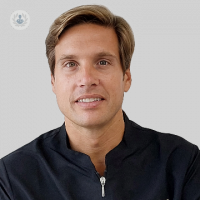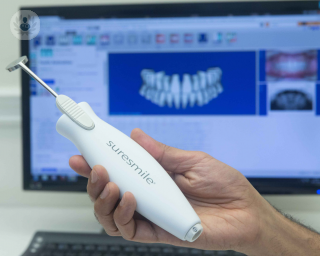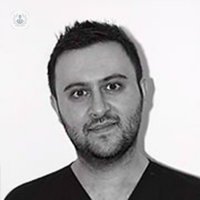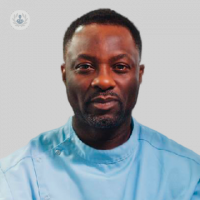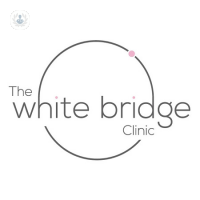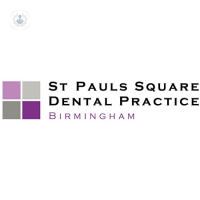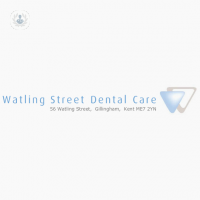Digital dentistry
What is digital dentistry?
Digital dentistry is the use of digital methods in place of traditional techniques for dental procedures, so digital tools are used in place of electrical or mechanical tools.
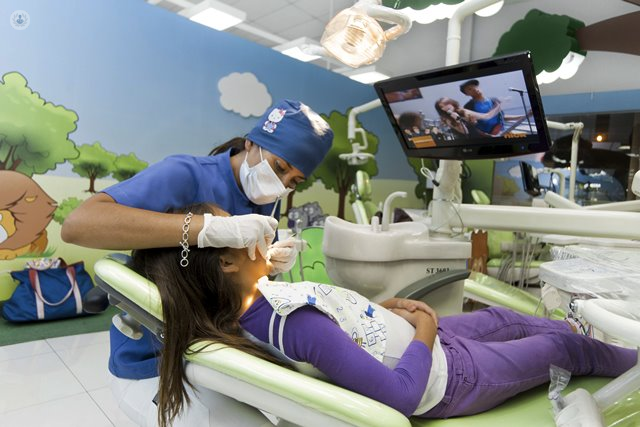
From digital radiography to e-scriptions, computerised presentations to CAD/CAM restorations and digital "surgical guides", to imaging for implant placement, digital technology is changing the face of dentistry. Digital dentistry techniques allow dental procedures to be more accurate and efficient.
Some digital techniques being used by dentists in place of traditional methods include:
- Digital x-rays in place of traditional radiographs. Instead of using a radiograph to get a complete picture of the teeth, an electronic sensor or phosphor plate is placed inside the mouth, an image is captured and sent to a computer for viewing. This is much faster and more efficient than an x-ray and exposes the patient to less radiation.
- The diode laser in place of the traditional “explorer” to find cavities. The explorer is the instrument that dentists use to poke the teeth, to check for decay in the grooves of the teeth. Now, dentists are switching to a laser to point out cavities. The higher the amount of decay, the more the tooth will glow when the beam of the laser hits it.
- CAD/CAM technology, which stands for “computer-assisted design” and “computer-assisted manufacture”, results in less dental visits for certain procedures. Traditionally, to make a replacement tooth, a plaster mould of the tooth is made and sent to a laboratory to make a permanent one. CAD/CAM technology takes a photo of the tooth, this is sent to a computer, where a digital impression is made and the replacement tooth can be made much faster. There is no need to create a physical mould.
- Dedicated 3D digital impression systems, which similarly to CAD/CAM technology, can make final restorations from digitally scanned data, instead of plaster models of the tooth (like in traditional methods). Work time is cut down because plaster models of the tooth do not have to be sent to a lab and digital data can be stored, unlike old data stored on hard disks that can be easily lost.
- Electronic prescriptions in place of physical copies make keeping track of a patient’s records easier and improve the patient experience.
What are the advantages of digital dentistry, and why is it used?
Digital dentistry technology offers significant advantages over traditional dentistry methods. One of the main advantages is improved efficiency in dental procedures, which save both doctors and patients time and money. All data, relating to prescriptions, past procedures, scans and payment can be saved in one place and accessed at any time, from one big database. This makes work easier for dentists and creates traceability.
Digital dentistry also allows for more accurate diagnoses and treatment, which leads to better patient care and can also predict the outcome of dental procedures, so dentists can foresee how the procedure will turn out.
